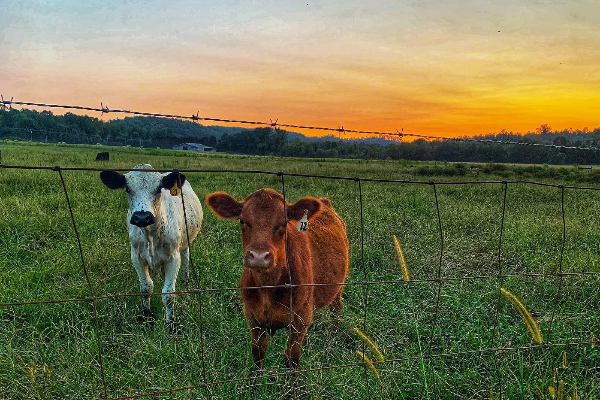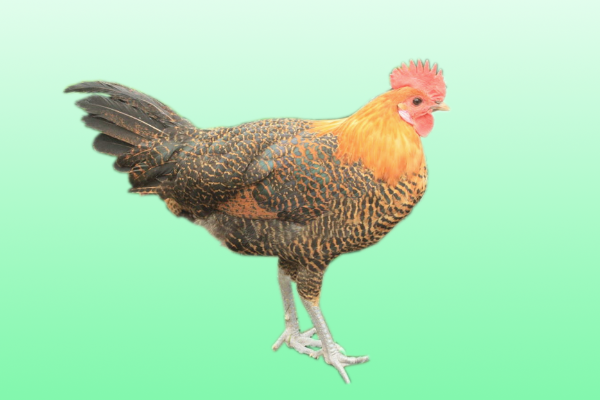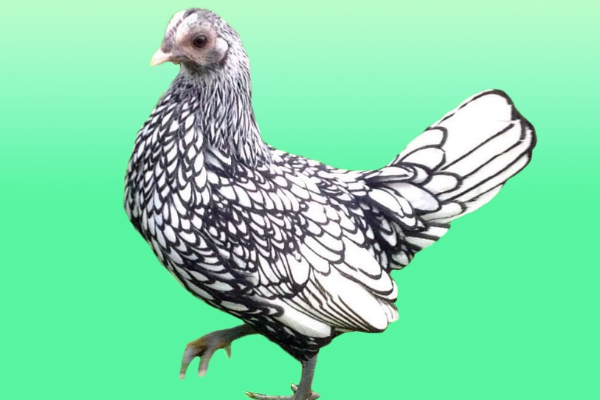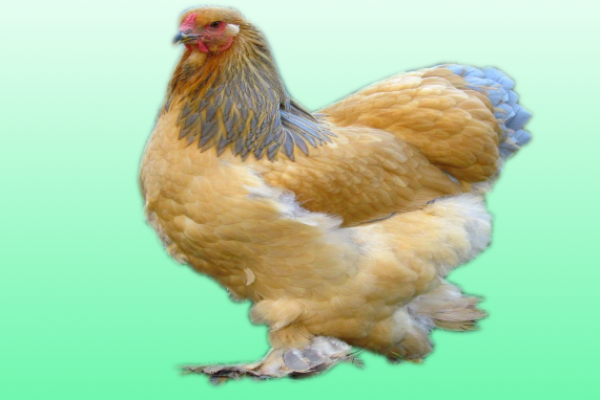Fog Fever

This is a sudden onset, respiratory distress syndrome with minimal coughing which occurs typically in hungry fat, beef-type cows, in the autumn, within two weeks of their being moved onto lush pasture. The cause of fog fever has still not been fully resolved but there is an increasing amount of circumstantial evidence to link the development of clinical signs with the ingestion of large amounts of the amino acid, L-tryptophan. Fog Fever is one of the most common respiratory diseases of grazing adult beef cows.
EPIDEMIOLOGY
This is a disease of adult two years old beef suckler cows of which Hereford and Hereford cross animals appear to be particularly susceptible. The condition has been reported from all over the British Isles and there appears to be a positive relationship between the lushness of the grass and the severity of the clinical disease. Clinical signs usually develop within two weeks (4-10 days) of a sudden change to lush pasture and this is the reason for the highest incidence of disease occurring in the autumn.
PATHOGENESIS
Following the ingestion of lush grass in relatively large quantities, L-tryptophan is converted in the rumen into 3 methyl indole and indole acetic acid. Under experimental conditions, the feeding of comparatively large amounts of L-tryptophan and 3 methyl indole to cows can result in the development of respiratory distress and deaths several days later.
CLINICAL SIGNS
Fog fever is a group disease, although in many outbreaks, only one animal may be seen by the farmer to be ill initially. Severe form - Early stage. Sudden onset respiratory distress which is often severe. When moved, mouth-breathing may develop. Dullness. Anorexia. Normal temperature. A high proportion of severe cases die (75%), especially if they are moved or excited in any way. Those which survive for three days usually recover. Severe form - Late stage. The respiratory distress gradually becomes less obvious. They become brighter and begin eating again. Normally not more than 5% of the cows in an affected group are severely affected. However, the other 95% are likely to be suffering from a mild form of fog fever. Frequent coughing is not a feature of either the severe or the mild forms of the disease.
DIAGNOSIS
The clinical and epidemiological features of this disease are sufficiently characteristic to enable a diagnosis to be made quickly.
TREATMENT
Flunixin meglumine (Finadyne) and frusemide may be beneficial. Affected animals should be kept as quiet as possible and in those herds in which one or more cases have recently occurred, the cows should not be subjected to conditions calculated to cause excessive excitement or exertion e.g. being moved from one field to another, as further cases may be precipitated. However, if affected individuals survive the first three days of illness, they will almost certainly recover, although convalescence may be prolonged.
Avoid giving hungry beef cows unrestricted access to lush pasture. Strip-grazing, pre-feeding cows prior to changing pasture or allowing less susceptible stock to graze lush pasture first may decrease the risk of disease.

Written by
H Cetin KATIRCI
Online ShepherdBreedsMore
IllnessesMore
Forage cropsMore
![]() Патологическая физиология голодания Arina TARAN
Патологическая физиология голодания Arina TARAN![]() Дефицит фосфора (гипофосфатемия) Hipofosfatemi Arina TARAN
Дефицит фосфора (гипофосфатемия) Hipofosfatemi Arina TARAN![]() Какие бывают кормораздатчики для ферм КРС? Irina Makarova
Какие бывают кормораздатчики для ферм КРС? Irina Makarova![]() Кормушки для овец Diana Myakisheva
Кормушки для овец Diana Myakisheva![]() Питание домашних коз: что едят, виды корма и правила кормления Alina Arslantürk
Питание домашних коз: что едят, виды корма и правила кормления Alina Arslantürk![]() Важность минералов питании сельскохозяйственных животных Irina Makarova
Важность минералов питании сельскохозяйственных животных Irina Makarova


















